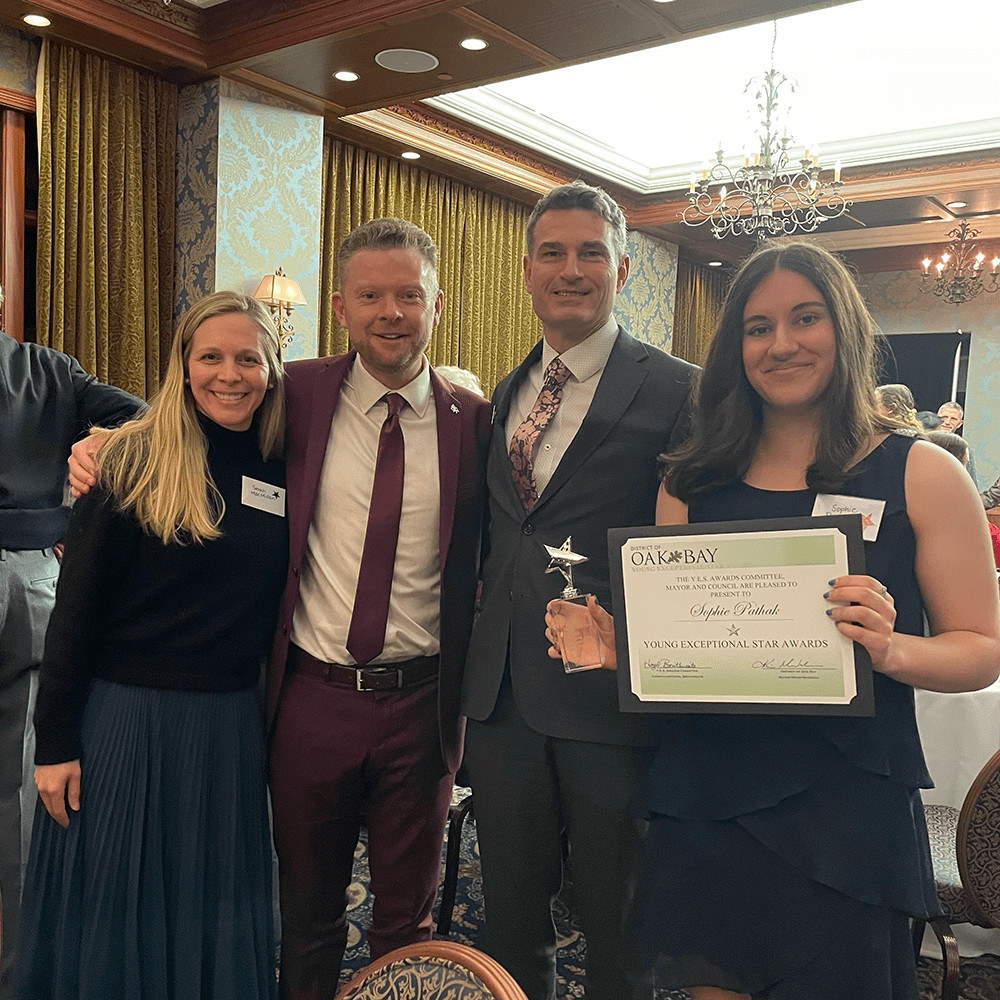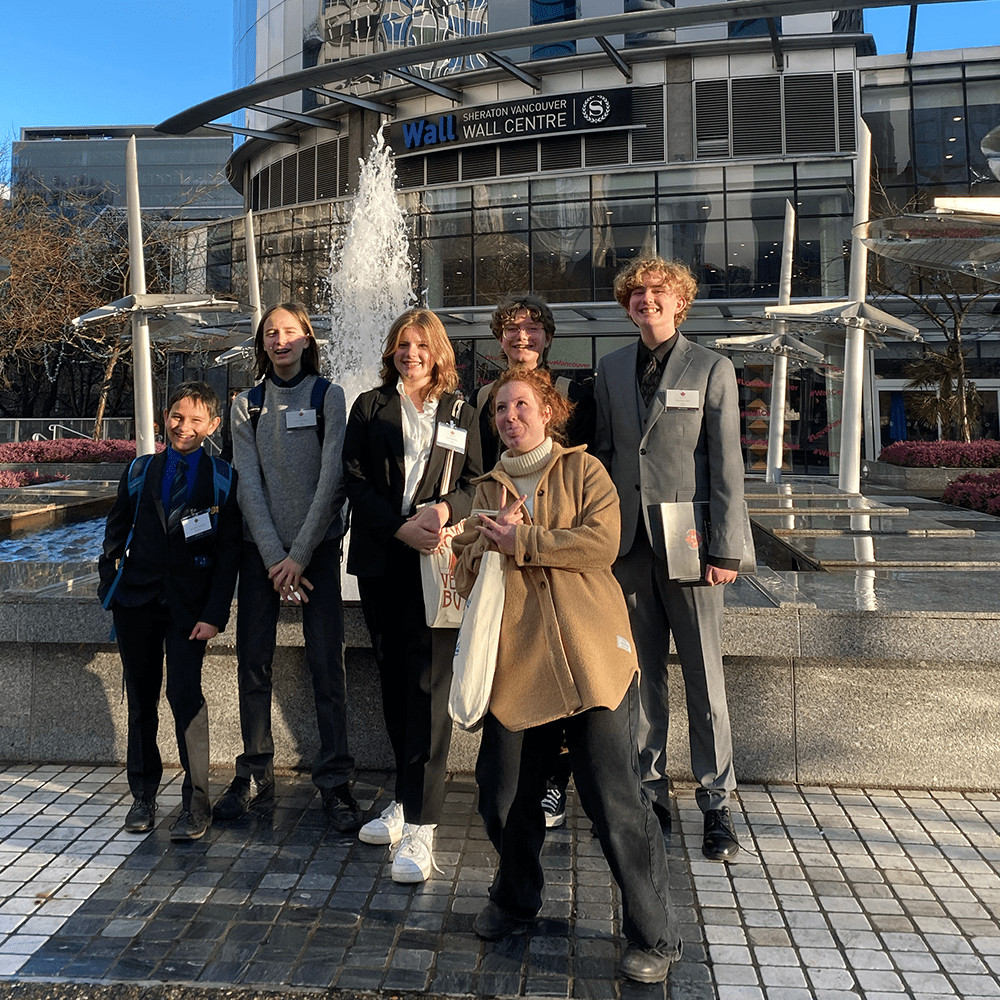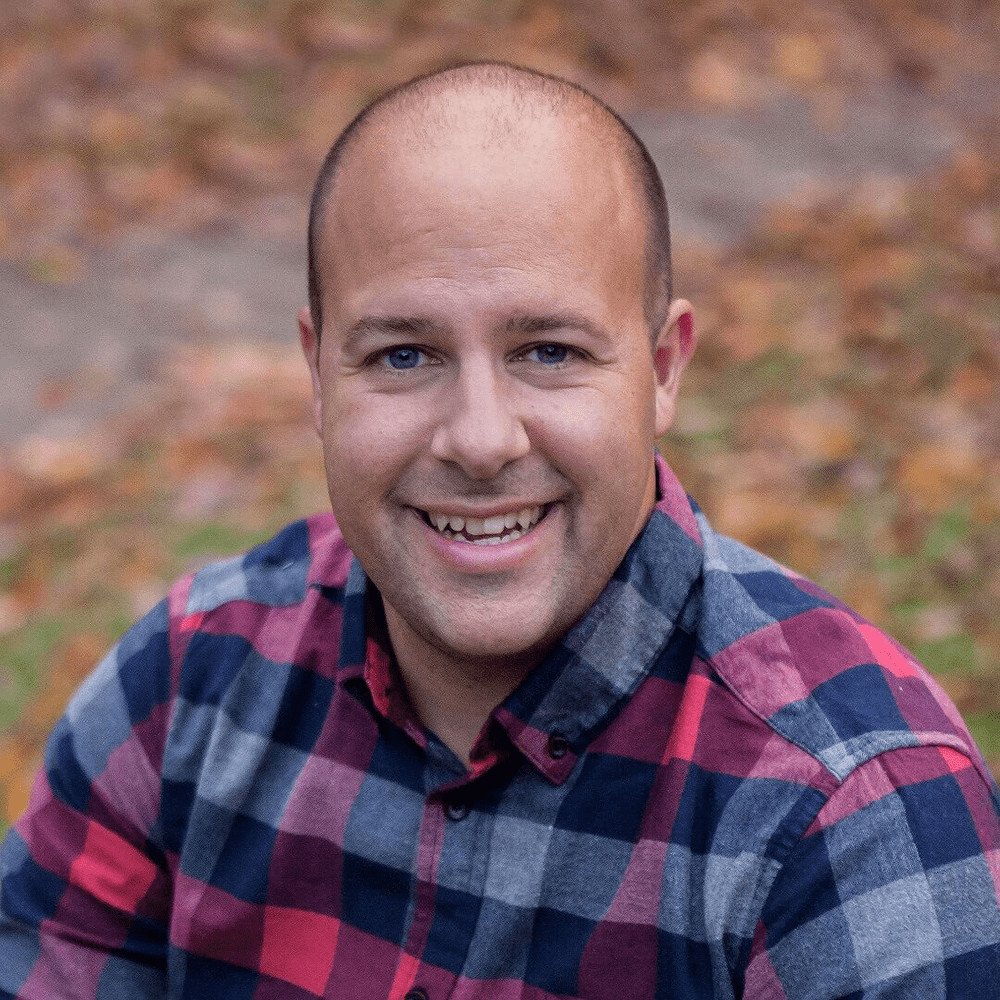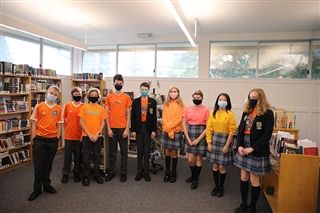September 30, Orange Shirt Day, is a day that provides an opportunity to create meaningful discussions about Residential Schools and the legacy they have left behind. GNS students from JK to Grade 12 were encouraged to wear orange shirts or accessories with their uniforms as a show of support for this important issue. Many Middle and Senior School students took part in the Every Child Matters: Reconciliation through Education online event where they had the chance to hear survivor stories followed by discussions about truth and reconciliation. “Orange shirt day is really important in reconciliation because it’s a way for the public to take responsibility for what happened in the past,” said Riya Gandhi ’21. “It’s important that we as a general public and a society acknowledge what happened was wrong, and it’s our way of showing reconciliation.” Phyllis Webstad started Orange Shirt Day in 2013. Webstad attended a Residential School in British Columbia in the 1970s. On her first day of school, she wore a new orange shirt, but that shirt was taken from her and never returned. Wearing orange on September 30 is a way for all Canadians to demonstrate a commitment to reconciliation and to opening and continuing discussions about residential schools. Throughout the day, students were able to listen to multiple people’s stories as to how they have been affected by Residential Schools. The stories were an important aspect of the day. “People have different truths and the purpose of reconciliation is to try and understand why someone’s truth was what it was, and how that has changed over time,” said Shreya Gandhi ’21. “It’s really important to acknowledge these people were emotionally and physically hurt and at a really young age. Then coming out and speaking about it is a big step for them, all the survivors and the people that died,” said Emily MacMillan ’25 The first residential school opened in 1831, and the last schools were only closed in 1996. For more than 165 years, Indigenous children were forcibly separated from their parents, cultures, traditions and communities—they were all required to attend Residential Schools. “It starts with the recognition of the actions that were taken and the impacts they had,” said Anders Woodruff ’21. “We are seeing that somewhat already with the Truth and Reconciliation Commission, which talks about what types of atrocities happened that were perpetrated against First Nations and how those affect generations after.”
Related Posts

Grade 12 GNS Student Wins Young Exceptional Star Award
GNS’ own Sophie Pathak, a dedicated Grade 12 student, has been honoured with a prestigious District of Oak Bay...

GNS Students Gain Global Perspective Through Model UN
Grade 8 students from GNS made their mark at the recent Canada International Model United Nations (CAIMUN). This event,...

AI & The Future of Education – with AJ Juliani
As our children navigate a world increasingly shaped by technology, parents need to stay informed about the educational tools...


